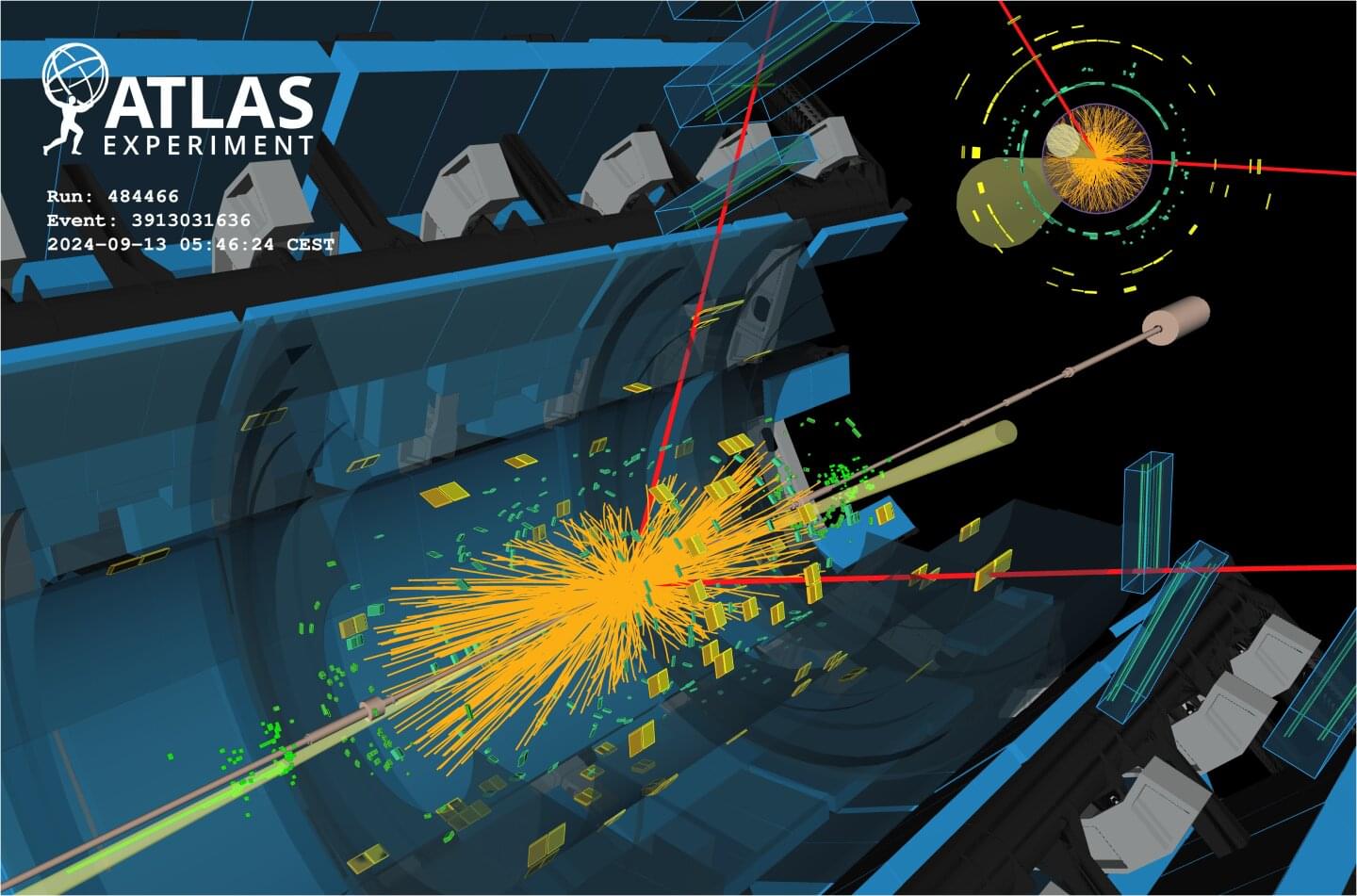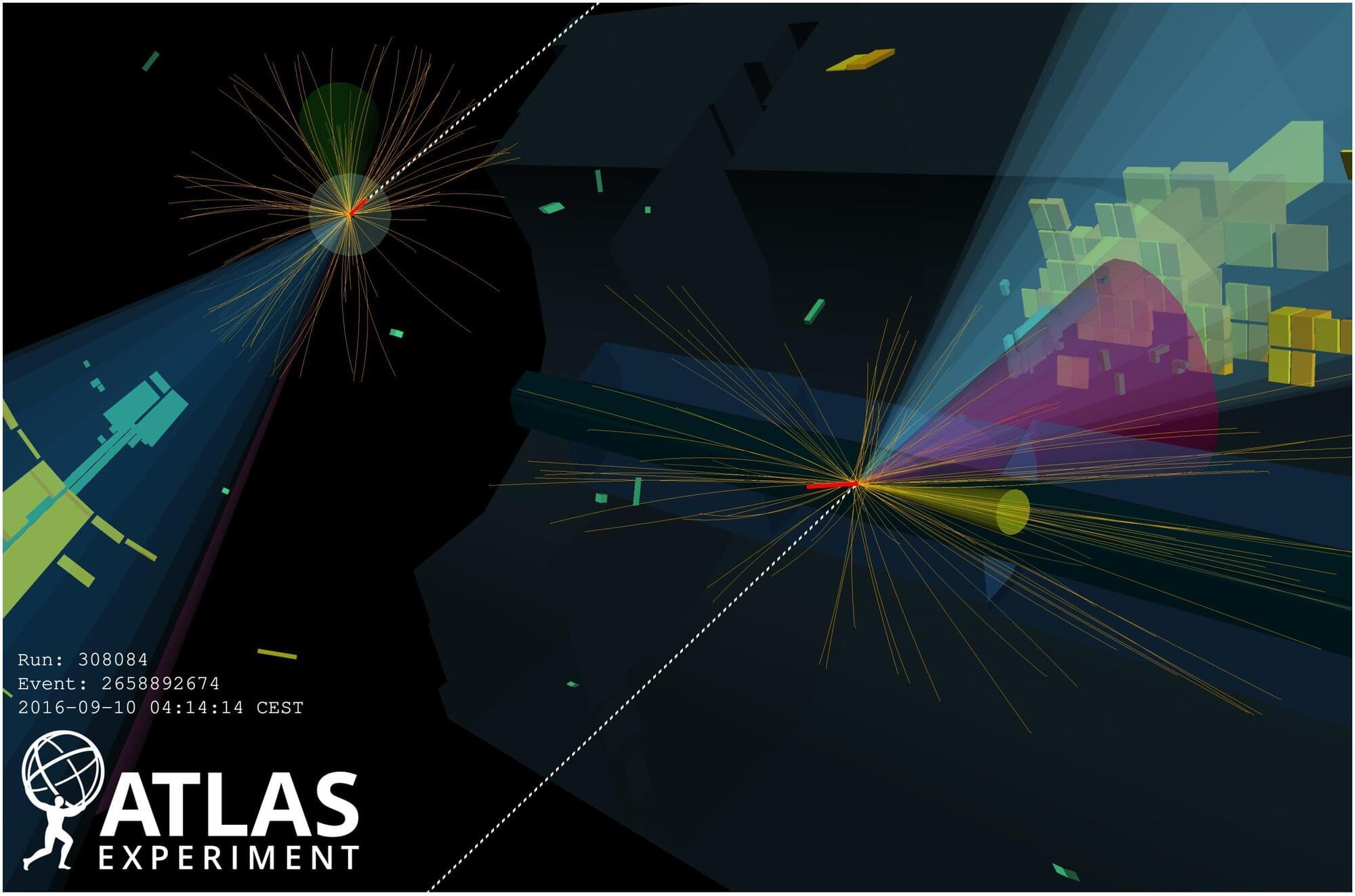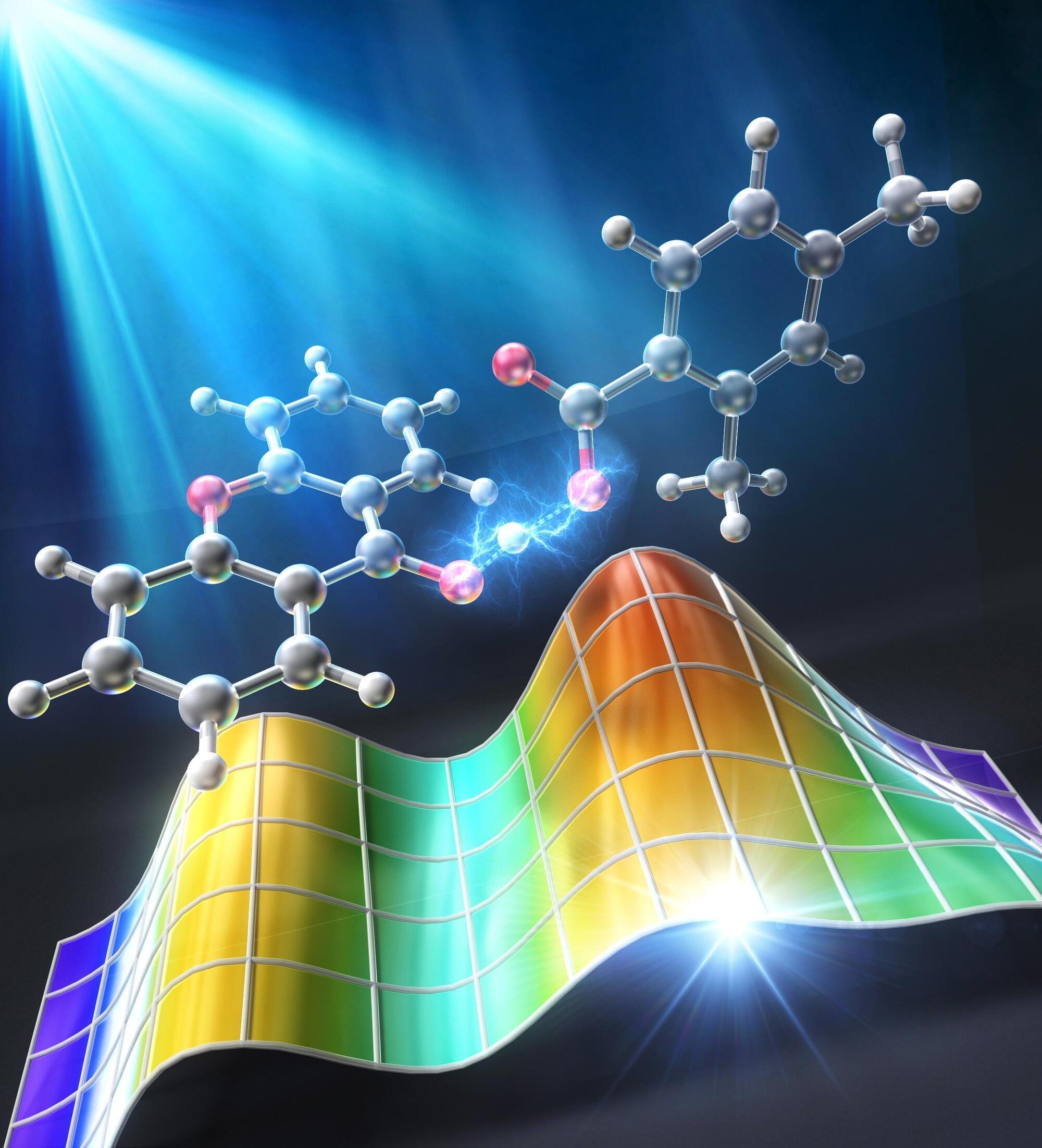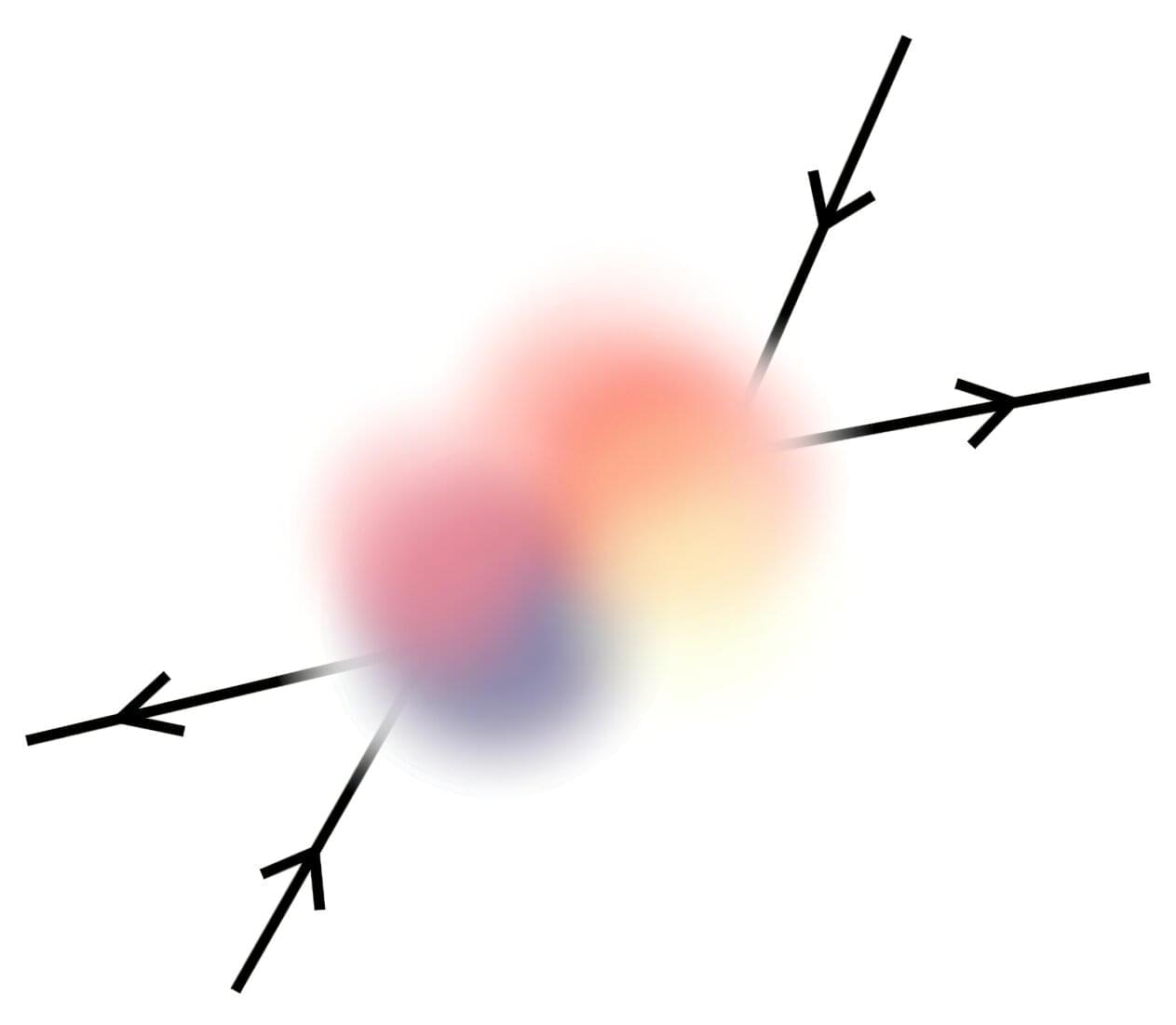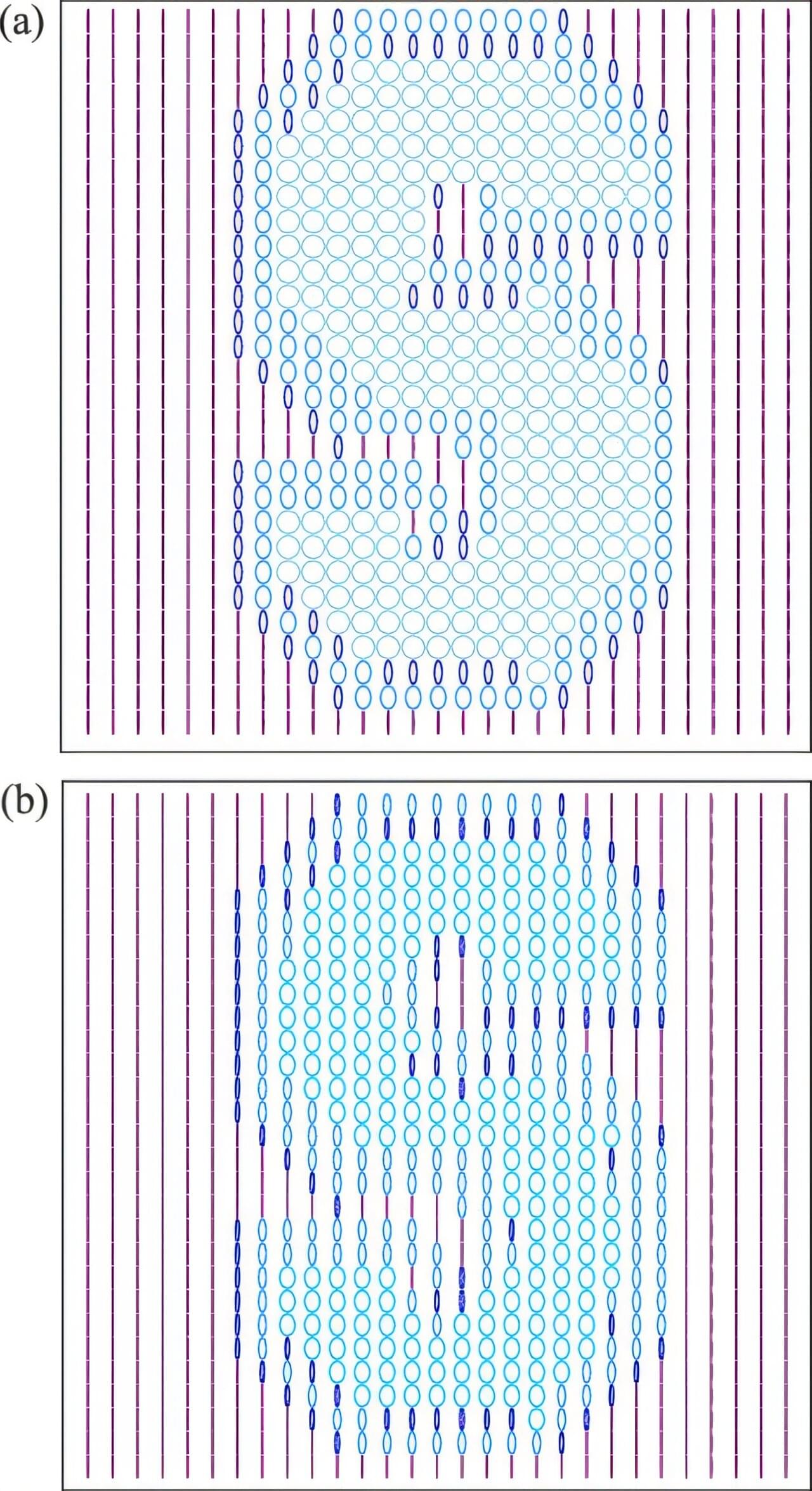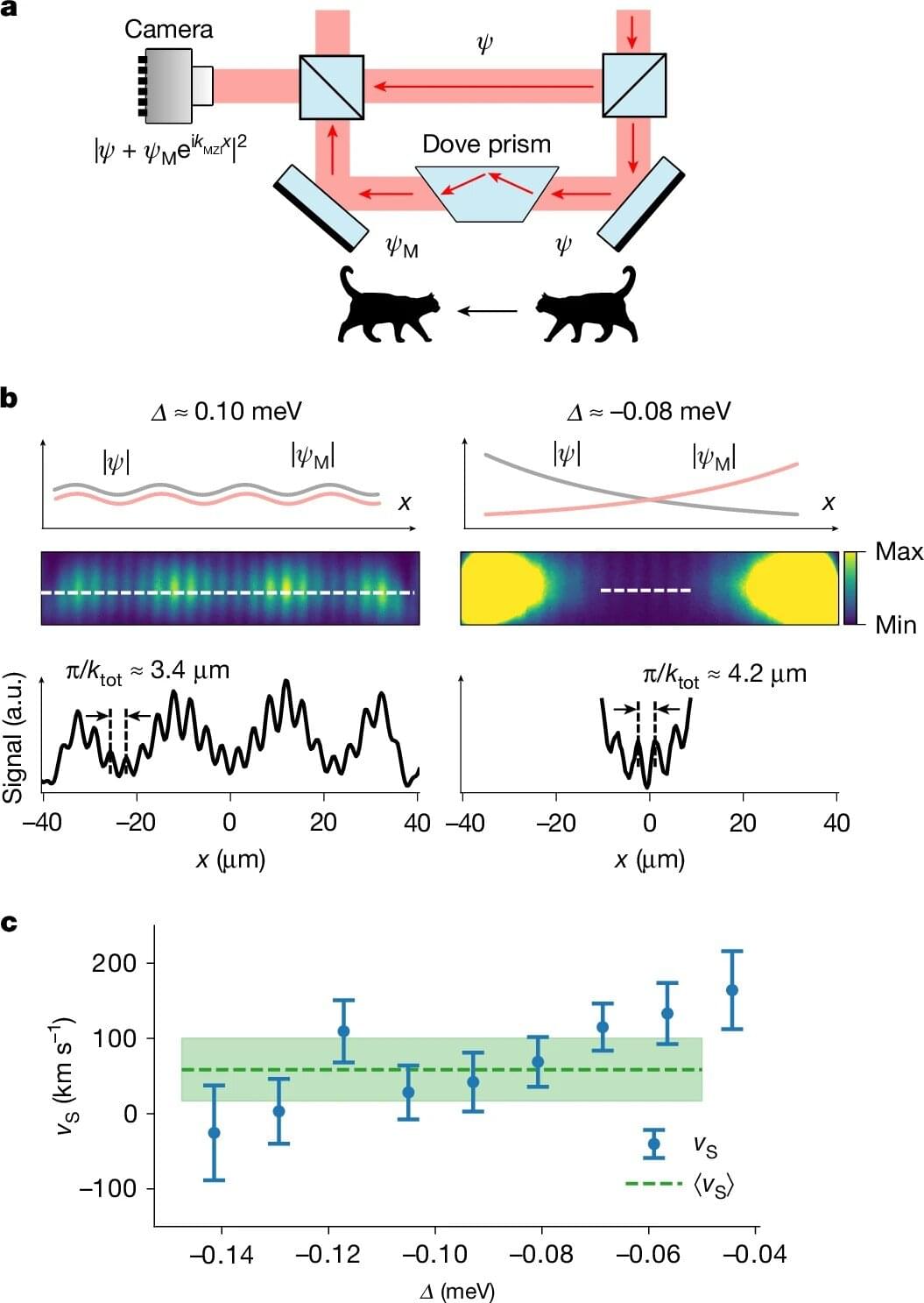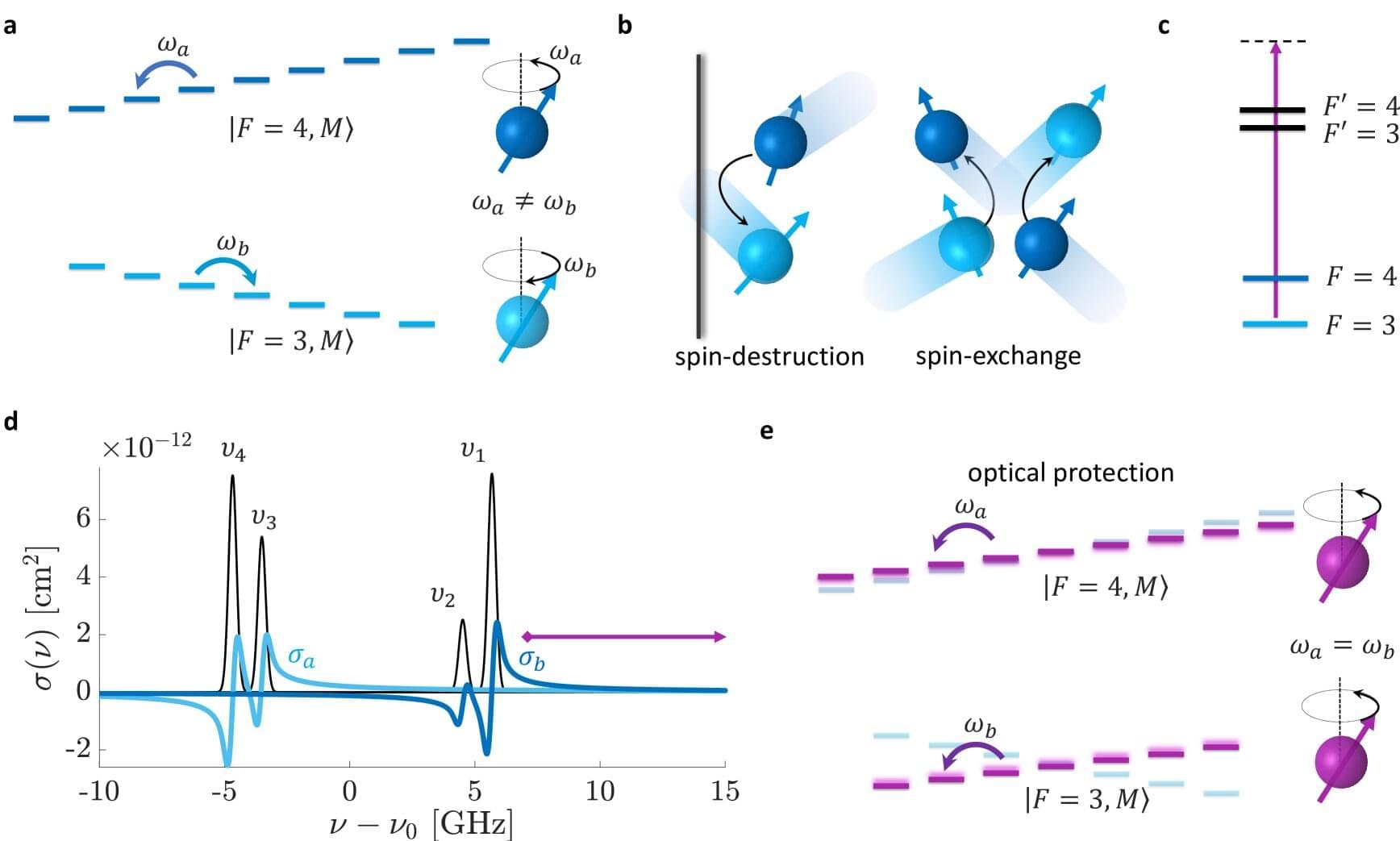The ATLAS collaboration finds evidence of Higgs-boson decays to muons and improves sensitivity to Higgs-boson decays to a Z boson and a photon.
Studies of the properties of the Higgs boson featured prominently in the program of the major annual physics conference, the 2025 European Physical Society Conference on High Energy Physics (EPS-HEP), held this week in Marseille, France. Among the results presented by the ATLAS collaboration were two results narrowing in on two exceptionally rare Higgs-boson decays.
The first process under study was the Higgs-boson decay into a pair of muons (H→μμ). Despite its scarceness—occurring in just 1 out of every 5,000 Higgs decays—this process provides the best opportunity to study the Higgs interaction with second-generation fermions and shed light on the origin of mass across different generations. Up to now, the interactions of the Higgs boson with matter particles have only been observed for particles from the third, heaviest, generation: the tau lepton and the top and bottom quarks.
